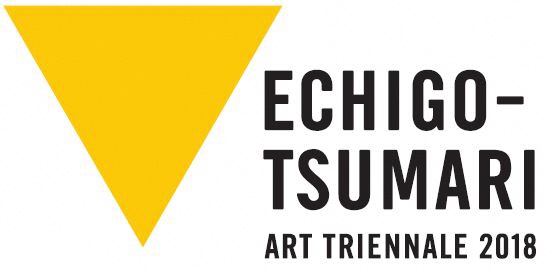The Sado Island Gold Mines are a candidate for World Cultural Heritage consisting of two mines representing the Sado Gold and Silver Mines: the Nishimikawa Placer Gold Mine and the Aikawa-Tsurushi Gold and Silver Mine.
Gold production in Japan was carried out in the Edo period (1603–1868) through traditional unmechanized technology isolated from major European influence to acquire the gold that humankind coveted. Under the direct control of the Edo shogunate, technical systems and a highly specialized production system for producing high-purity gold were developed at the Sado Island Gold Mines, a representative gold mine of Japan, and this globally unique, large-scale gold socio-technical system continued for centuries. This is in stark contrast to the mining industry that flourished in Europe and other regions around the same time that used many mechanical devices and equipment. In addition, the shogunate gathered workers from all over Japan, and a rich and diverse culture derived from mines developed, including faith, performing arts, and entertainment.
The development of two different gold and silver deposits (lode deposits and placer gold deposits) led the Sado Island Gold Mines to become one of the world’s largest producers of gold and silver in the 17th century, and contributed to the finances of the Edo shogunate and world trade through the Netherlands.
Today, Sado boasts remains of mining, ore-dressing, smelting, and refining sites related to systems of gold production, as well as remains of the Magistrate’s Office and mining settlements related to the social system, allowing us to understand the overall picture of the mines.
Details
| December 19, 2007 | Submission of the proposal as a candidate site for inscription on the Tentative Lists of World Heritage Sites |
|---|---|
| June 14, 2010 | Inscribed on the Tentative Lists of World Heritage (“The Sado Complex of Heritage mines, Primarily Gold Mines”) |
| October 6, 2010 | Additional inscription on the Tentative Lists of World Heritage is approved at the Inter-ministerial Liaison Conference for the World Heritage Convention |
| July 2015 | Postponement of the nomination of candidates for FY2015 by the Special Committee on World Cultural Heritage of the Council for Cultural Affairs |
| March 2016 | Submission of draft nomination document (revised version) to the government |
| July 1, 2016 | Postponement of the nomination of candidates for FY2016 by the Special Committee on World Cultural Heritage of the Council for Cultural Affairs |
| March 2017 | Submission of draft nomination document (revised version) to the government |
| July 2017 | Postponement of the nomination of candidates for FY2017 by the World Cultural Heritage Committee of the Council for Cultural Affairs |
| March 2018 | Submission of draft nomination document (revised version) to the government |
| July 2018 | Postponement of the nomination of candidates for FY2018 by the World Cultural Heritage Committee of the Council for Cultural Affairs |
| March 2020 | Submission of draft nomination document (revised version) to the government |
| March 2021 | Submission of draft nomination document (revised version) to the government |
Process for World Heritage inscription
-
Submission of draft nomination document (revised version) to the government
-
Selected as a candidate for nomination by the World Cultural Heritage Committee of the Council for Cultural Affairs
-
Submission of nomination document from the national government to UNESCO
-
ICOMOS (UNESCO Advisory Body) Field Survey
-
The UNESCO World Heritage Committee decides whether or not to inscribe the site
Efforts toward Inscription
-
Inscription Promotion
- Preparing a draft nomination document (revised version) (with guidance from the Science Committee, Agency for Cultural Affairs, etc.)
- Appealing to the public in Japan and overseas through participation in international conferences, etc.
-
Public Awareness and Information Dissemination
- Holding World Heritage seminars and lectures inside and outside the prefecture
- Hosting classes and lectures at schools and various organizations
- Disseminating information in Japan and overseas using various media, etc.
-
Preservation and Utilization
- Preservation and utilization of component parts even after the inscription
- Appropriate implementation of the “Preservation and Utilization Action Plan” (formulated in 2016)










